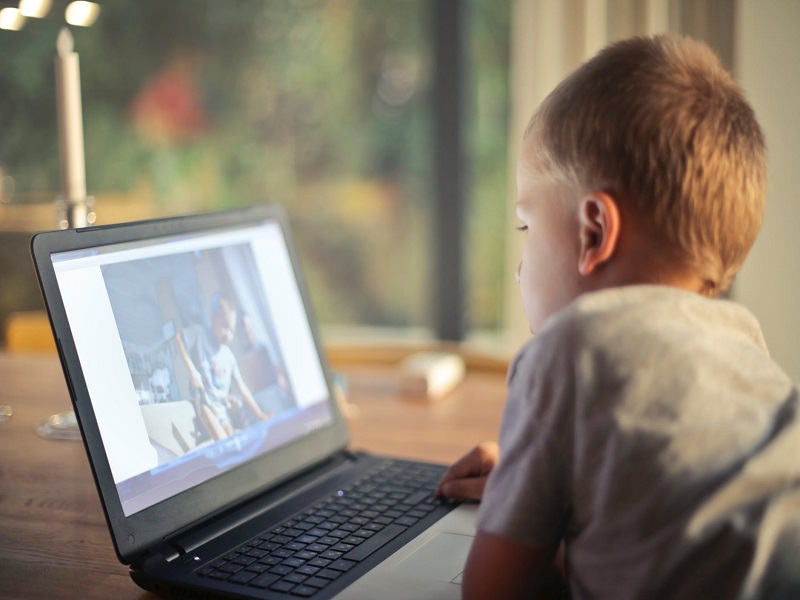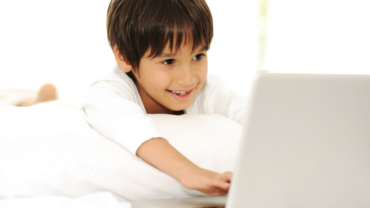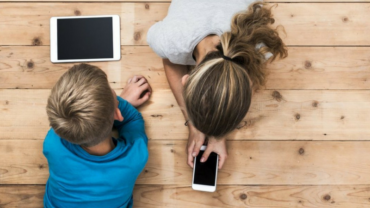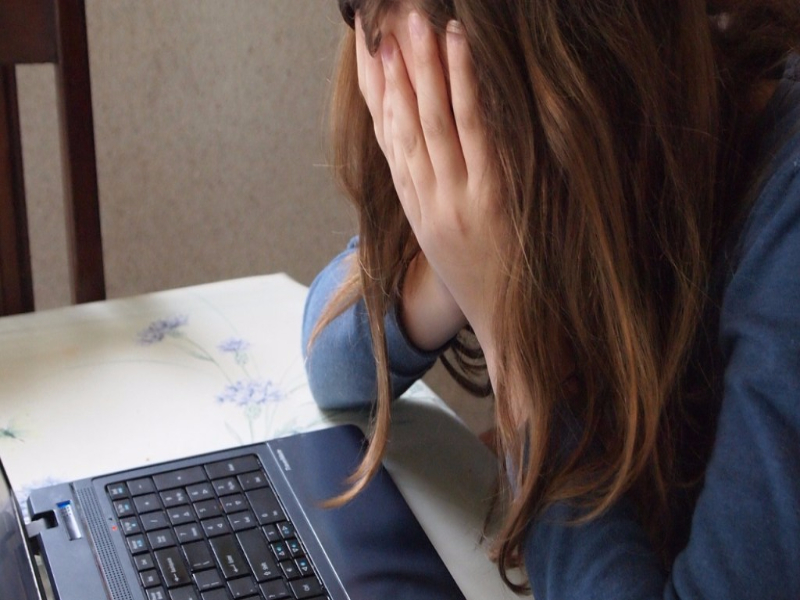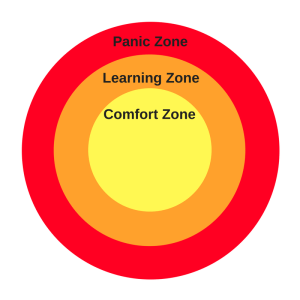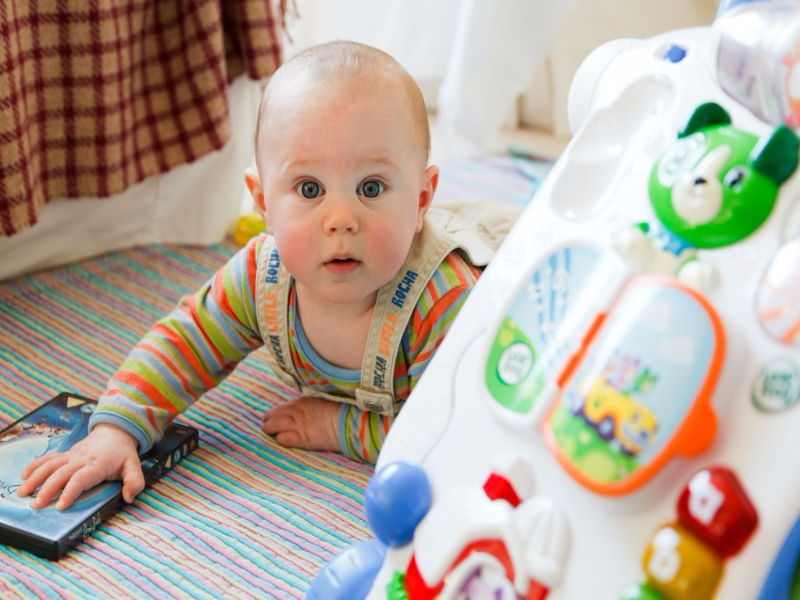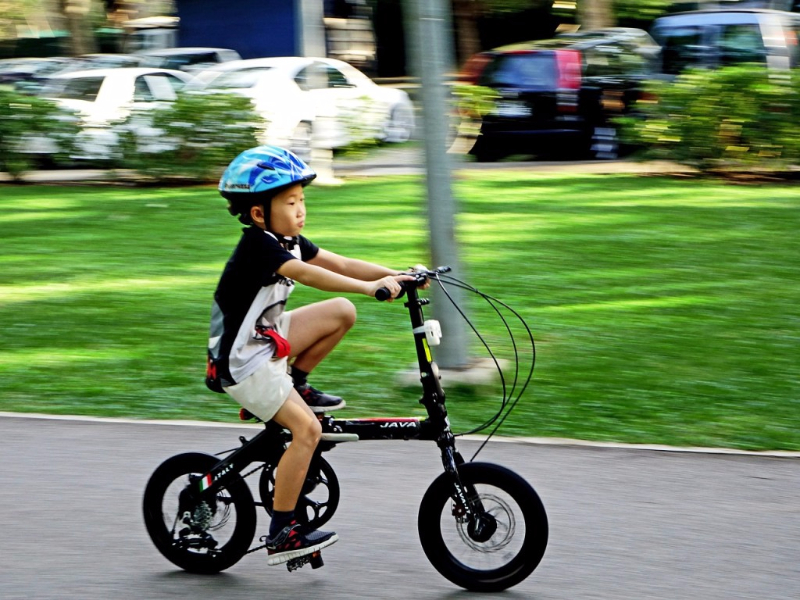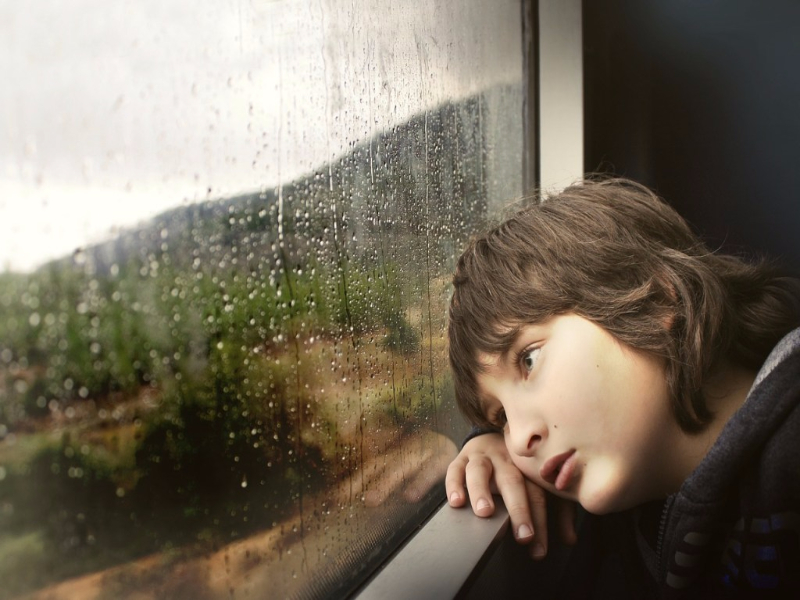We should now have more reason for concern over the excessive use of technology among the young.
Kids’ smartphone use has risen dramatically, studies show. Children who spend too much time on smartphones and other electronic gadgets are at risk of mental health problems, scientists warn.
New studies suggest that an hour a day spent staring at a screen plays a significant part in the rise of anxiety and depression among children. Child psychologists are concerned.
Smartphones are making children less curious about what is happening around them. Our children need to get outside and engage with nature.
In restaurants or shopping malls, you will see that many kids don’t notice anything that is happening around them because they are so focused on their smartphones and tablets.
Connecting with the natural environment is essential. A strong connection to nature enhances emotional well-being. It helps children to develop insight, empathy, and compassion.
My heart hurt and was saddened when some parents narrated to me how their kids are on their phones all the time – in school, at home and even in bed at night.
They are becoming more aggressive and easily irritable. A parent mentioned how her child’s sleep pattern has been impaired. She is unable to get to sleep at night.
Experts suggest that tablets and smartphones can have an impact on children’s social and emotional development.
Previous research has found evidence that smartphone usage has deleterious effects on the brain. Researchers have found an imbalance in the brain chemistry of young phone addicts. The imbalance is similar to that seen in people experiencing mental illnesses.
The instant gratification and constant stream of play from a smartphone can overwhelm the brain and make kids have difficulty when it comes to paying attention and sticking to a task.
Excessive screen time has even been tied to bullying behaviours and many other school problems, even in little kids.
Some of the newer interactive games children play on phones or tablets cause dramatic shifts in behaviour. Smartphones have created a generation without manners.
Smartphones can take over the kids’ lives if parents allow it. It can really be difficult, but parents must always find ways of getting children off their phones and other electronic devices.
Kids need to develop their language skills, emotions, creativity and social skills. They need enough time for creative play and interactions with others in the world.
Children are great mimics so parents must regulate their own Internet, smartphone and media use at home.
Most of us get on the phone in front of our kids more than we need to. Staying off is a really simple way to get the message across that life doesn’t revolve around phones. There must always be family time. Humans learn best when engaged person-to-person.
Simply put, smartphones are impeding kids as young as two from learning moral values.
If we truly want a lastingly happy society as well as children that are kind, generous and compassionate, we all must make a conscious effort to curb kids’ phone addiction.





